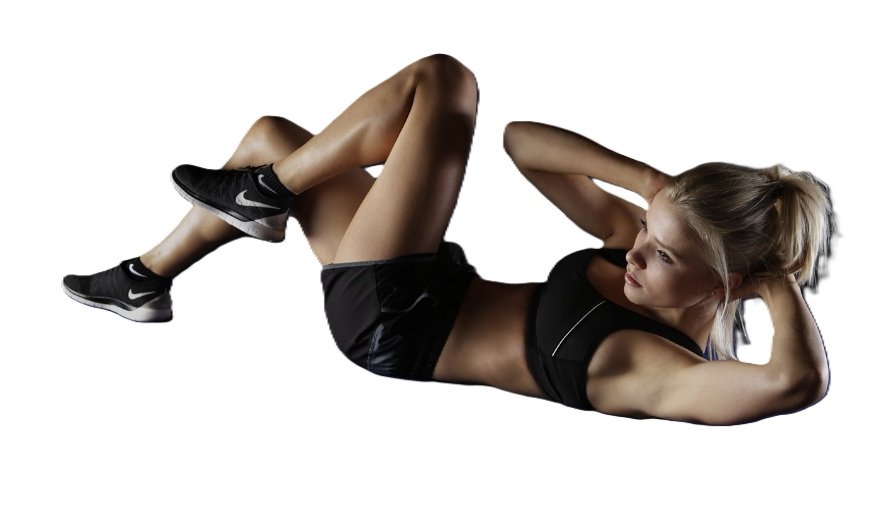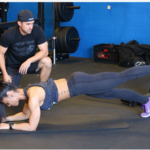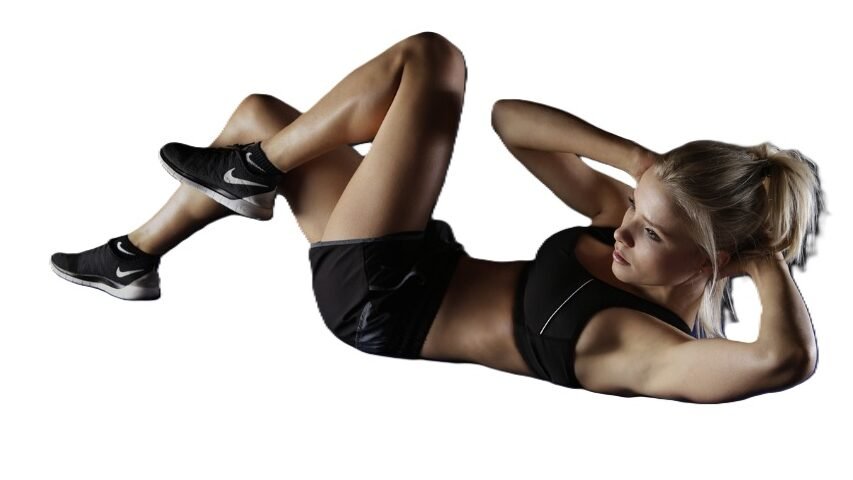The Glutes: Your Body’s Powerhouse
The glutes, or gluteal muscles, are a group of three powerful muscles located in the posterior region of the body. They comprise the gluteus maximus, gluteus medius, and gluteus minimus, each contributing to the overall functionality and strength of the lower body. The gluteus maximus is the largest and most well-known of the three, playing a crucial role in the extension, rotation, and abduction of the hip joint. This muscle is particularly important for activities that require forceful movements, such as running, jumping, and lifting. The gluteus medius and minimus, while smaller, are essential for stabilizing the pelvis during various physical activities and maintaining proper alignment during dynamic movements.

Understanding the anatomical structure and function of the glutes provides insight into their significance in both everyday activities and structured workouts. The glutes serve as primary movers during exercises like squats, deadlifts, and lunges, and they significantly contribute to overall body mechanics. Properly engaging and activating these muscles is vital for optimizing performance, preventing injuries, and ensuring an efficient workout routine. Weak or inactive glutes can lead to compensatory movements, often resulting in strain on other muscles and joints, particularly in the lower back.
Moreover, strong glutes aid in enhancing athletic performance, improving balance, and increasing stability while engaging in various activities. Given their pivotal role in lower body and back movements, prioritizing glute strengthening exercises in fitness regimens can lead to not only aesthetic improvements but also long-term functional benefits. By effectively activating the glutes, individuals can enhance their physical capacities, making these powerhouse muscles a cornerstone of any balanced fitness strategy.

Common Misconceptions About Glute Training
Glute training is often surrounded by various misconceptions that can hinder an individual’s progress towards achieving their desired figure. One prevalent myth is that performing endless squats and lunges alone is sufficient for effective glute development. While these exercises are popular and can certainly contribute to strength, they do not provide a comprehensive approach to engaging all components of the glute muscles. To facilitate balanced development, it is essential to incorporate a variety of targeted exercises that focus on the gluteus maximus, gluteus medius, and gluteus minimus.

Another common belief is that the size and shape of an individual’s buttocks are solely determined by genetics. While genetic factors can influence body composition and fat distribution, this notion underestimates the role of dedicated training and nutrition in glute development. With proper exercise regimes that involve resistance training and progressive overload, it is possible to shape and enhance glute muscles regardless of one’s genetic predisposition. Adopting a targeted approach can lead to noticeable results in the size and strength of the glutes.

Furthermore, many people fall into the trap of assuming that the only way to build a strong, lifted figure is through high-intensity workouts or spending hours at the gym. In reality, effective glute training can be successfully integrated into a balanced fitness routine that includes rest and recovery, aerobic exercises, and flexibility training. Quality trumps quantity when it comes to obtaining optimal results. By debunking these misconceptions, individuals can better understand the significance of a well-rounded training program and make informed decisions about their workout strategies.
Effective Strategies to Activate and Build Your Glutes
To achieve a stronger and more lifted butt, it is crucial to incorporate specific exercises that effectively activate and strengthen the glutes. One of the most effective techniques is the hip thrust. This exercise primarily targets the gluteus maximus and can be performed using a barbell or bodyweight. Begin by positioning your upper back on a bench with your feet planted firmly on the ground. As you lift your hips towards the ceiling, focus on squeezing your glutes at the top of the movement. This exercise not only enhances strength but also helps to improve the overall shape of the buttocks.

Another key exercise is the glute bridge, which can be performed in various forms, including single-leg variations to increase difficulty. To perform a standard glute bridge, lie on your back with your knees bent and feet flat on the floor. Raise your hips by pressing through your heels and squeezing your glutes, ensuring your shoulders remain on the ground. Engage your core for better stability, and hold the top position for a few seconds before lowering. This will help in building not only strength but also muscle endurance.
Incorporating resistance band exercises into your routine can also enhance glute activation. Simple movements such as lateral band walks or banded glute bridges create constant tension in the glutes, leading to better muscle activation. It is essential, however, to maintain correct form throughout these exercises to avoid injury and ensure maximum benefit. Consistency is key; therefore, aim to perform glute-enhancing workouts at least two to three times a week.

In conclusion, by integrating hip thrusts, glute bridges, and resistance band exercises into regular workout regimens while focusing on proper form and consistency, individuals will effectively unlock their glute potential. This strategic approach will lead to both visual and performance enhancements, creating a stronger and more aesthetically pleasing body.
Tracking Progress and Celebrating Gains
Tracking progress in glute training is essential for anyone seeking to transform a saggy butt into a strong, lifted figure. Setting realistic goals is the first step; these goals should be specific, measurable, achievable, relevant, and time-bound (SMART). For example, instead of a vague aim like “get stronger,” a more precise goal could be “increase my squat weight by 10% in the next month.” This clarity allows for better assessment of one’s accomplishments over time.
Measuring results can take various forms, from tracking weight lifted during workouts to taking progress photos. Using an app or a fitness journal can be beneficial to record exercises, weights, and even personal feelings related to workouts. Such documentation makes it easier to see trends and improvements, which can be very encouraging. Self-assessment techniques, such as noting how clothes fit or how endurance improves, contribute significantly to understanding progress. For example, fitting into a favorite pair of jeans or feeling more energetic can be as telling as measuring muscle growth.

It is crucial to celebrate small victories along the way. Each step towards better glute strength and appearance is a testament to the hard work invested in the process. Acknowledging these milestones, no matter how minor they seem, will help maintain motivation. Furthermore, engaging with a supportive community can greatly enhance the journey. Finding workout buddies or participating in online forums provides not only encouragement and tips but also accountability, which can be vital in adhering to goals.

By fostering a positive mindset around progress and involving a supportive community, individuals can sustain their motivation and continue their glute training efforts, ultimately achieving a stronger and more sculpted figure.

